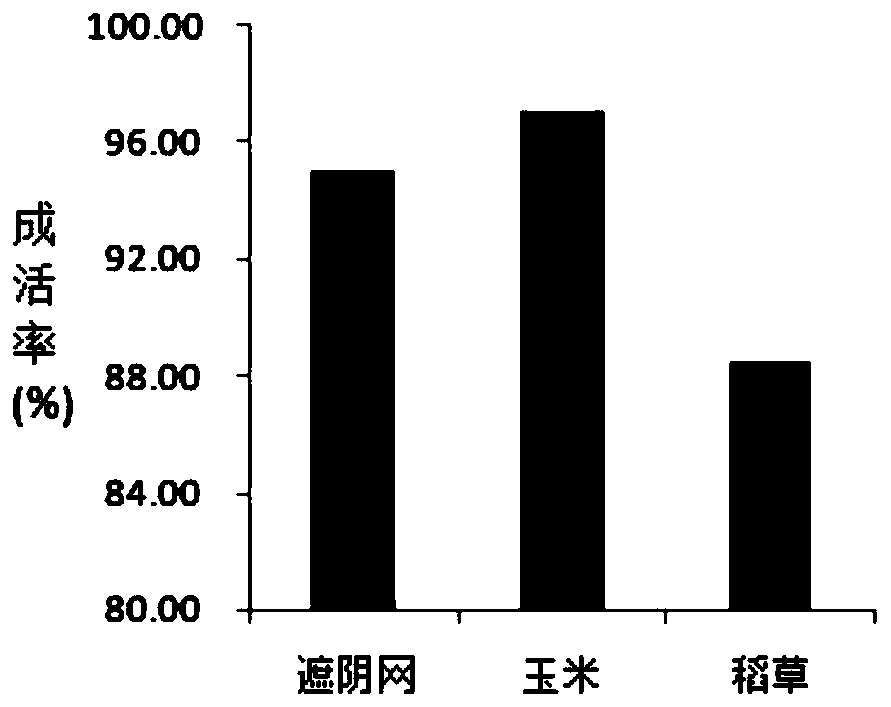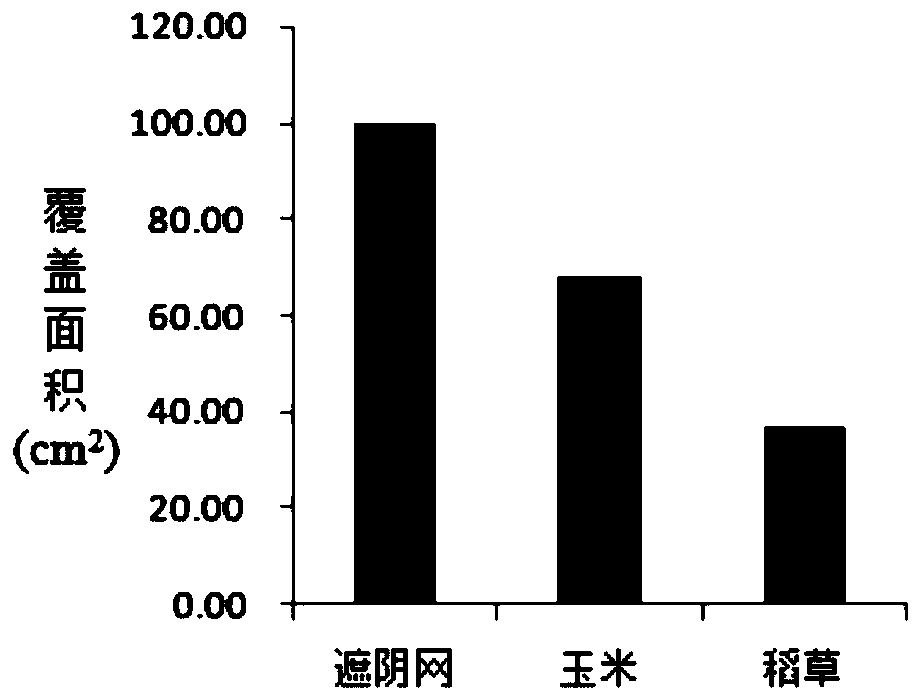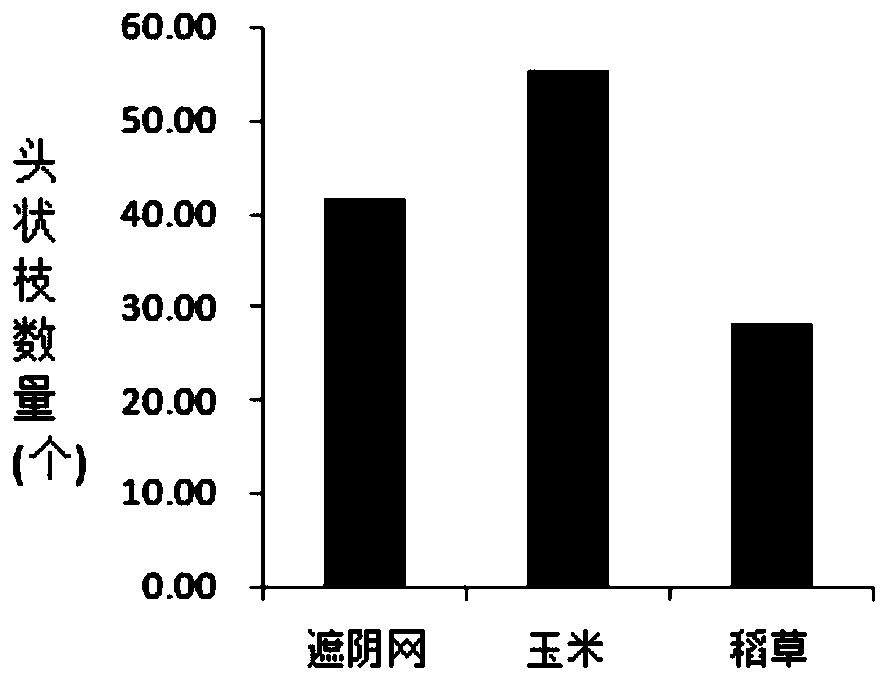A method of peat moss planting restoration on alpine wetlands
A peat moss and wetland technology, which is applied in the field of peat moss planting and restoration on alpine wetlands, can solve the problems of no mulch treatment, difficulty in obtaining a large amount of straw, etc., and achieve the effects of saving labor costs, rational use, and reducing interference
- Summary
- Abstract
- Description
- Claims
- Application Information
AI Technical Summary
Problems solved by technology
Method used
Image
Examples
Embodiment 1
[0038] Embodiment 1 uses the planting restoration method of corn stalk
[0039] The planting method of the alpine wetland peat moss using corn stalks comprises the following steps:
[0040] 1) Select an abandoned site with acidic soil (pH 3.5-7) in the subtropical mountains at an altitude of 1600-2000m;
[0041] 2) After removing the weeds, level the field, and then dig a first-level ditch around the field, with a depth of 0.5m and a width of 0.4m;
[0042] 3) Divide the field into small test fields of 2m×2m, dig two-level ditches between each test field, the depth of the ditches is 0.2m, and the width is 0.1m, and finally the whole field is grid-shaped;
[0043] 4) Collect sphagnum moss from the original place, cut it up 10cm with scissors, and divide sphagnum moss into a small bunch according to 6 plants;
[0044] 5) Each 2m × 2m test field is divided into several small pieces with a distance of 25cm × 30cm, and a bunch of peat moss is planted in each small piece, and the ...
Embodiment 2
[0049] Embodiment 2 uses the planting method of black shade net
[0050] The planting method of the alpine wetland sphagnum moss using black shade net may further comprise the steps:
[0051] 1) Select an abandoned site with acidic soil (pH 3.5-7) in the subtropical mountains at an altitude of 1600-2000m;
[0052] 2) After removing the weeds, level the field, and then dig a first-level ditch around the field, with a depth of 0.5m and a width of 0.4m;
[0053] 3) Divide the field into small test fields of 2m×2m, dig two-level ditches between each test field, the depth of the ditches is 0.2m, and the width is 0.1m, and finally the whole field is grid-shaped;
[0054] 4) Collect sphagnum moss from the original place, cut it up 10cm with scissors, and divide sphagnum moss into a small bunch according to 6 plants;
[0055] 5) Each 2m × 2m test field is divided into several small pieces with a distance of 25cm × 30cm, and a bunch of peat moss is planted in each small piece, and the ...
PUM
 Login to view more
Login to view more Abstract
Description
Claims
Application Information
 Login to view more
Login to view more - R&D Engineer
- R&D Manager
- IP Professional
- Industry Leading Data Capabilities
- Powerful AI technology
- Patent DNA Extraction
Browse by: Latest US Patents, China's latest patents, Technical Efficacy Thesaurus, Application Domain, Technology Topic.
© 2024 PatSnap. All rights reserved.Legal|Privacy policy|Modern Slavery Act Transparency Statement|Sitemap



